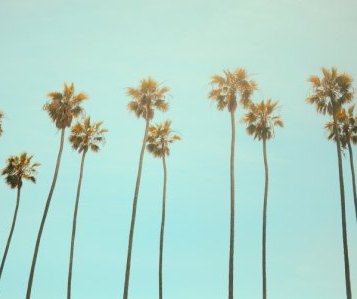 California, often affectionately referred to as the “Golden State” has played a significant role in the vibrant tapestry of American art. Its diverse landscapes, cultural richness, and dynamic history have shaped the state’s unique artistic identity, making it a hub of creativity and innovation.
California, often affectionately referred to as the “Golden State” has played a significant role in the vibrant tapestry of American art. Its diverse landscapes, cultural richness, and dynamic history have shaped the state’s unique artistic identity, making it a hub of creativity and innovation.
The Natural Muse
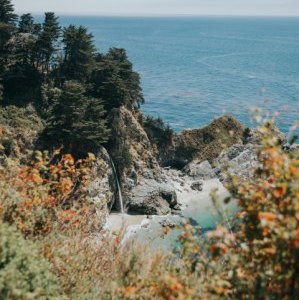
California’s diverse natural landscapes have long served as a muse for artists. From the rugged coastline of Big Sur to the arid beauty of Joshua Tree National Park, the state offers a breathtaking range of environments that have inspired generations of painters, photographers, and sculptors. The interplay of light, color, and topography in California’s scenery has given rise to a rich tradition of landscape art, with luminaries like Ansel Adams and Richard Diebenkorn capturing the essence of the Golden State’s natural beauty.
California Impressionism
The California Impressionist movement, which emerged in the late 19th and early 20th centuries, was deeply influenced by the state’s radiant sunlight and Mediterranean-like climate. Artists like Guy Rose and William Wendt embraced the techniques of their European counterparts but infused their works with the unique qualities of the California landscape. These artists painted en plein air, often depicting scenes of the state’s eucalyptus groves, coastal cliffs, and sun-dappled gardens.
Abstract Expressionism and the Bay Area
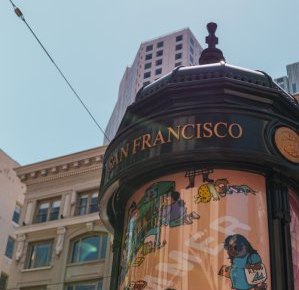
The mid-20th century witnessed the emergence of Abstract Expressionism in California, particularly in the San Francisco Bay Area. Artists like Richard Diebenkorn and Mark Rothko played a crucial role in the development of this movement. The Bay Area Figurative Movement, an offshoot of Abstract Expressionism, brought a fresh perspective to the abstract art world by reemphasizing the human form and everyday life.
Light and Space Art
The Light and Space art movement, primarily associated with Southern California, explored the interplay of light, color, and space. Artists like James Turrell and Robert Irwin created immersive environments that challenged viewers’ perceptions and deepened their connection to the visual experience. The movement continues to have a profound influence on contemporary art and installation art globally.
Chicano Art
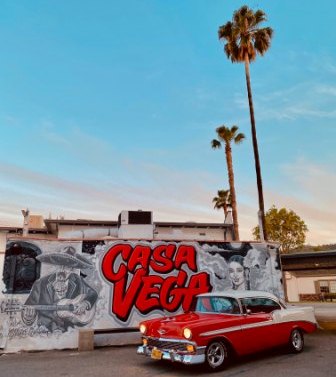
California is a hotbed of Chicano art, a movement rooted in the Mexican American experience. Artists like Carlos Almaraz and Judith Baca have used their art to explore themes of identity, cultural heritage, and social justice. Chicano art has also been a powerful vehicle for telling the stories of marginalized communities and advocating for their rights.
The Influence of Hollywood
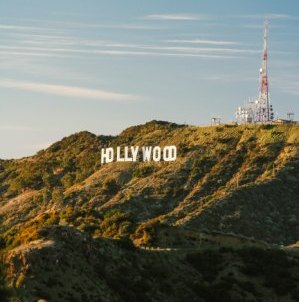
Hollywood, the epicenter of the global entertainment industry, has played a pivotal role in shaping the visual arts. The glamour and drama of the silver screen have influenced many visual artists, leading to the incorporation of cinematic elements into their work. Artists like David Hockney and Ed Ruscha have explored the intersection of art and popular culture, drawing inspiration from the cinematic allure of California.
A Melting Pot of Diversity
California’s vibrant and diverse population, shaped by waves of immigration and cultural exchange, has given rise to a dynamic and eclectic art scene. From muralists celebrating the state’s Latino heritage to contemporary artists exploring themes of identity and technology, California’s art scene embraces innovation and diversity.
In conclusion, California’s contribution to American art is a testament to the state’s natural beauty, cultural richness, and spirit of innovation. Its landscapes, climate, and the collision of cultures have inspired artists to explore new frontiers in the world of art. California stands as a dynamic and ever-evolving center of creativity, continually redefining what it means to be at the forefront of American art.
